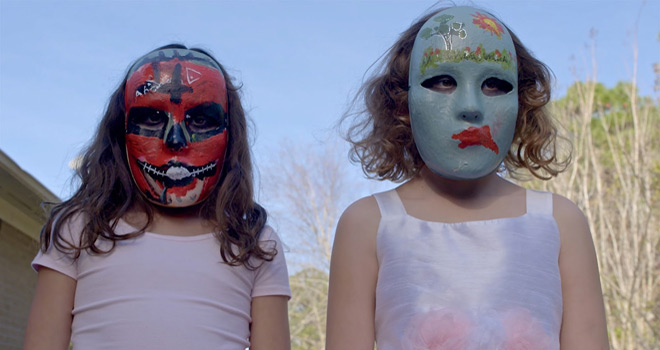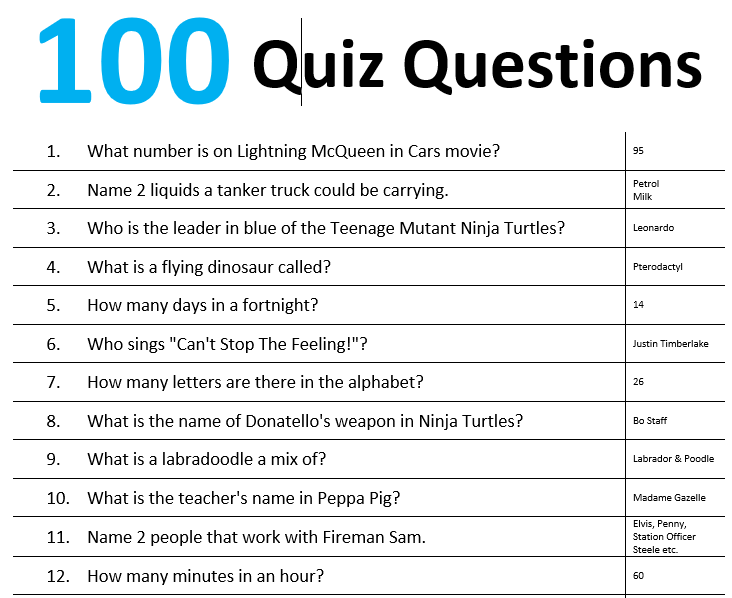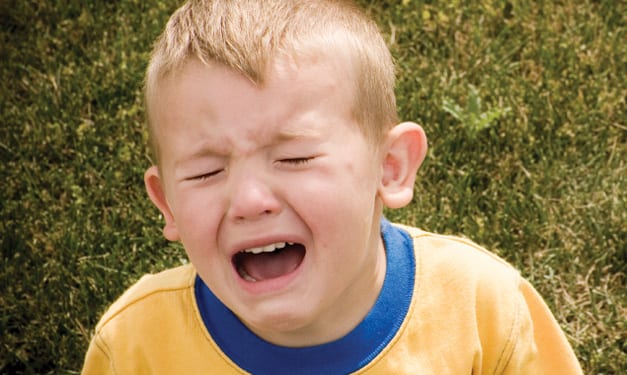Navigating the Terrible Twos: Insightful Quotes and Practical Advice for Parents
Navigating the Terrible Twos: Insightful Quotes and Practical Advice for Parents The “terrible twos” – a phrase that strikes fear into the hearts of many parents. It’s a developmental stage marked by tantrums, defiance, and seemingly endless testing of boundaries. While challenging, this period is also a crucial time for a child’s growth, characterized by … Read more







